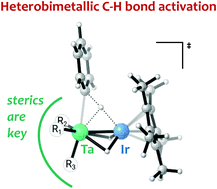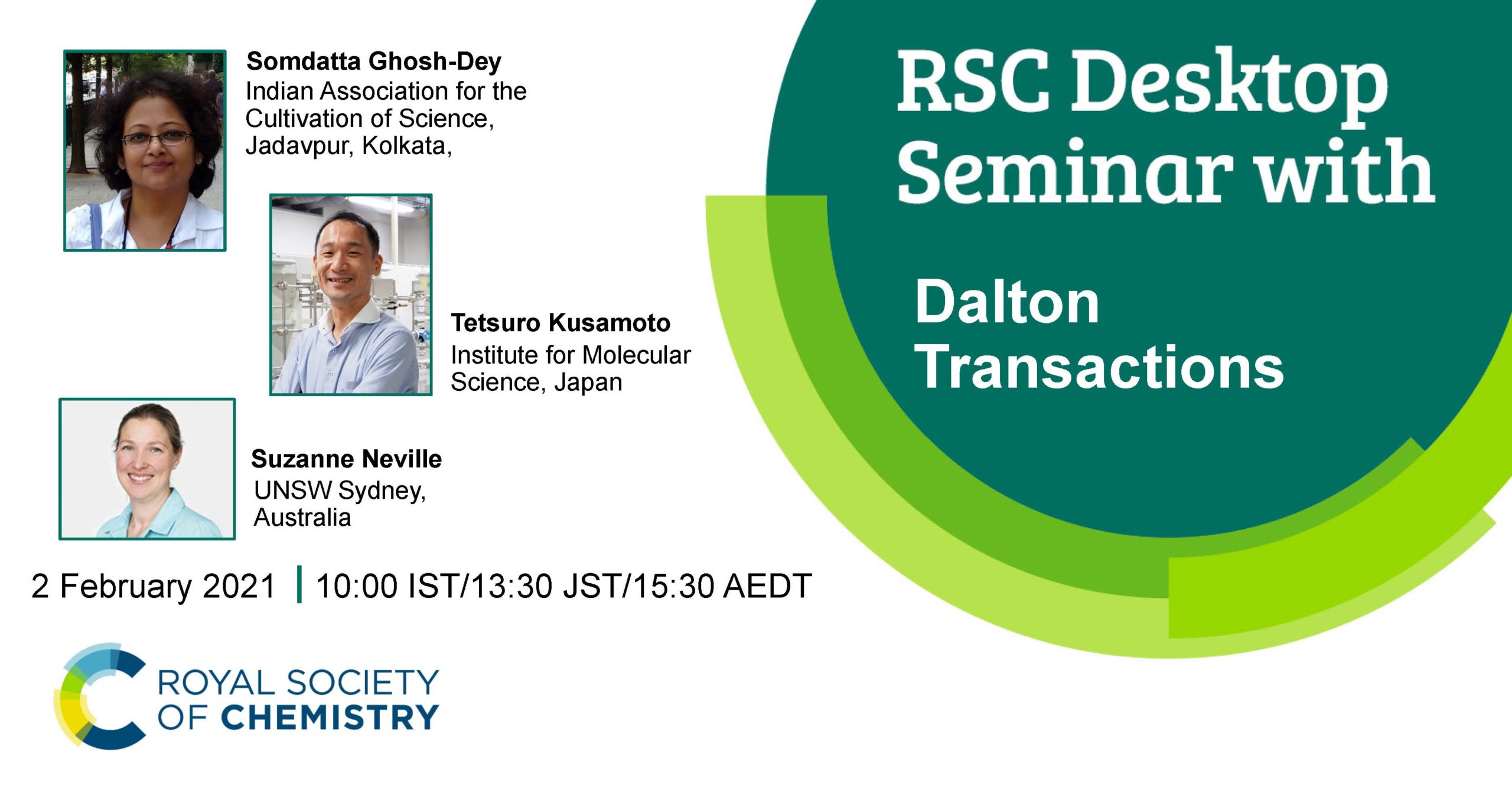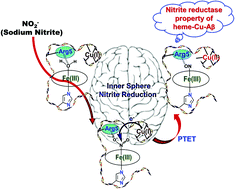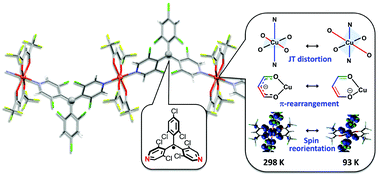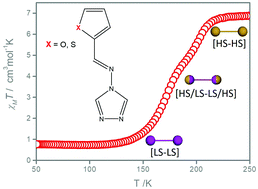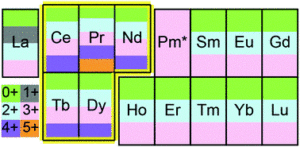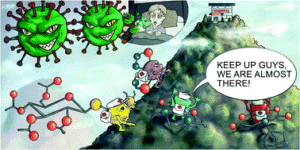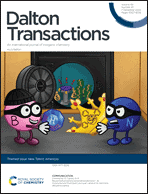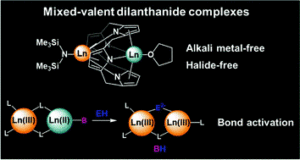We are delighted to share with you our Spotlight Collection on Atomic and Molecular Layer Deposition.
This Spotlight Collection is guest edited by Dalton Transactions Associate Editor Prof. Maarit Karppinen (Aalto University), Prof. Anjana Devi (Ruhr-University) and Prof. Jolien Dendooven (Ghent University).
Does your research fit into this subject area? If so, we would welcome your contribution.
Submit your research now
About the Spotlight Collection
Atomic layer deposition (ALD) has been the fastest growing thin-film technology in the semiconductor industry for the last few decades, and is applied in photovoltaics systems and displays. The industrial applications naturally concern only few prototype materials (Al2O3, HfO2, ZnO, TiO2, etc.). However, in recent years the technique has been increasingly exploited towards new application domains and new materials, driving a continued demand for new precursors.
Molecular layer deposition (MLD) is a much less exploited counterpart of ALD for purely organic thin films. Particularly interesting though is the combination of ALD and MLD for hybrid inorganic-organic materials. This combined ALD/MLD technique was introduced in 2008 and it is now strongly emerging for various new MOF-like metal-organic materials and inorganic-organic multilayer structures which are believed to open up novel application possibilities.
Articles will be added to this open and on-going spotlight collection as soon as possible after they are published. You can find a selection of the articles below and check out the growing collection online here:
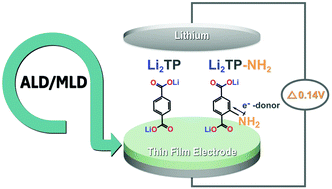 Atomic/molecular layer deposition and electrochemical performance of dilithium 2-aminoterephthalate
Atomic/molecular layer deposition and electrochemical performance of dilithium 2-aminoterephthalate
Juho Heiska, Mikko Nisula, Eeva-Leena Rautama, Antti J. Karttune and Maarit Karppinen*
Dalton Trans., 2020, 49, 1591-1599
 A new metalorganic chemical vapor deposition process for MoS2 with a 1,4-diazabutadienyl stabilized molybdenum precursor and elemental sulfur
A new metalorganic chemical vapor deposition process for MoS2 with a 1,4-diazabutadienyl stabilized molybdenum precursor and elemental sulfur
Jan-Lucas Wree, Engin Ciftyurek, David Zanders, Nils Boysen, Aleksander Kostka, Detlef Rogalla, Maren Kasischke, Andreas Ostendorf, Klaus Schierbaum and Anjana Devi*
Dalton Trans., 2020, 49, 13462-13474
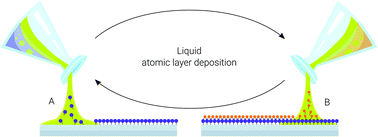 Liquid atomic layer deposition as emergent technology for the fabrication of thin films
Liquid atomic layer deposition as emergent technology for the fabrication of thin films
Octavio Graniel,* Josep Puigmartí-Luis* and David Muñoz-Rojas*
Dalton Trans., 2021, Advance Article
How to submit:
All types of manuscript – communications, full papers, perspective, frontiers and comments – will be considered for publication. The manuscript should be prepared according to our article guidelines and submitted via our online system.
All manuscripts will be subject to the usual initial assessment and peer review processes as necessary, and inclusion in the Spotlight Collection will be at the discretion of the Guest Editors. Please indicate in your submission that you are submitting to the Spotlight Collection.
Interested in submitting a paper? Please contact us for more information.
Comments Off on Call for papers for our Spotlight Collection: Atomic and Molecular Layer Deposition











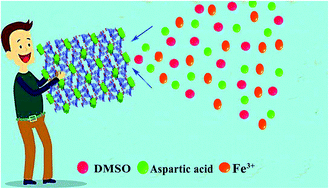
 Engineering design toward exploring the functional group substitution in 1D channels of Zn–organic frameworks upon nitro explosives and antibiotics detection
Engineering design toward exploring the functional group substitution in 1D channels of Zn–organic frameworks upon nitro explosives and antibiotics detection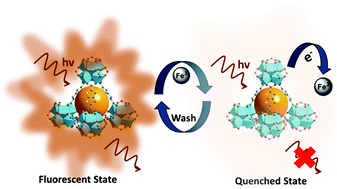 The effect of functional groups in the aqueous-phase selective sensing of Fe(III) ions by thienothiophene-based zirconium metal–organic frameworks and the design of molecular logic gates
The effect of functional groups in the aqueous-phase selective sensing of Fe(III) ions by thienothiophene-based zirconium metal–organic frameworks and the design of molecular logic gates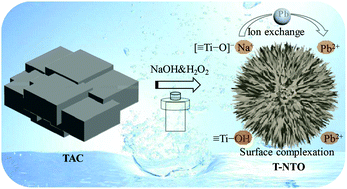 Two-dimensional MAX-derived titanate nanostructures for efficient removal of Pb(II)
Two-dimensional MAX-derived titanate nanostructures for efficient removal of Pb(II) Few-layered MoSe2 nanosheets as an advanced electrode material for supercapacitors
Few-layered MoSe2 nanosheets as an advanced electrode material for supercapacitors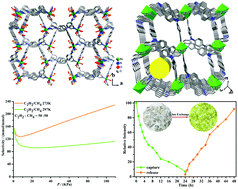 Neutral ligand TIPA-based two 2D metal–organic frameworks: ultrahigh selectivity of C2H2/CH4 and efficient sensing and sorption of Cr(VI)
Neutral ligand TIPA-based two 2D metal–organic frameworks: ultrahigh selectivity of C2H2/CH4 and efficient sensing and sorption of Cr(VI)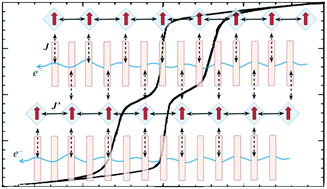
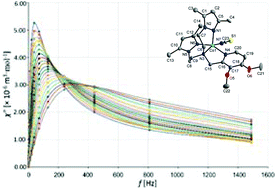
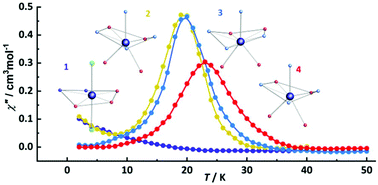




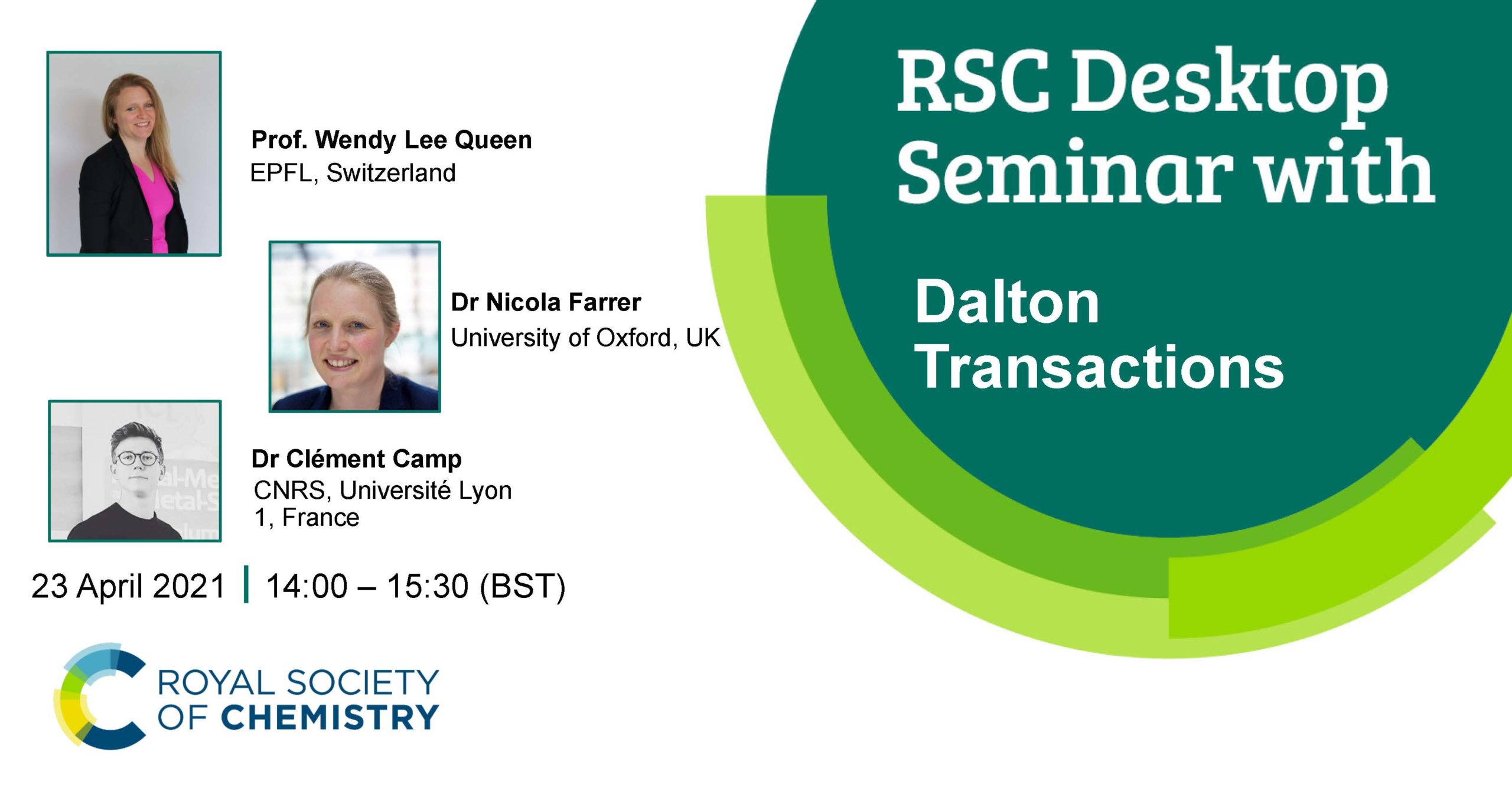
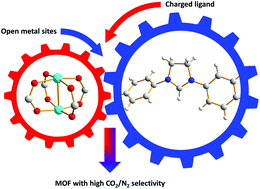
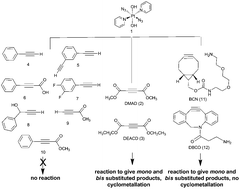
![[double bond, length as m-dash]](https://www.rsc.org/images/entities/char_e001.gif) Ir multiple bonds
Ir multiple bonds